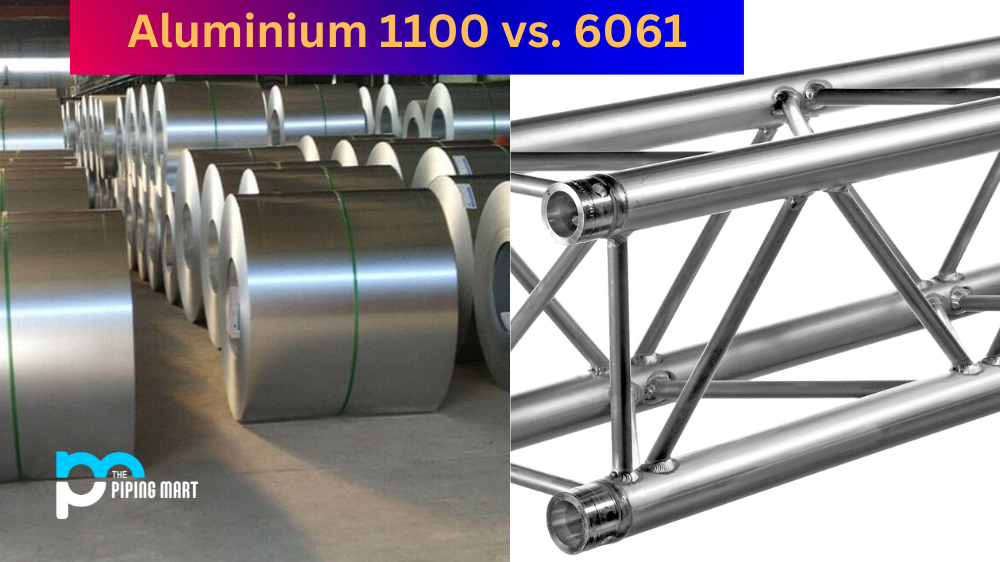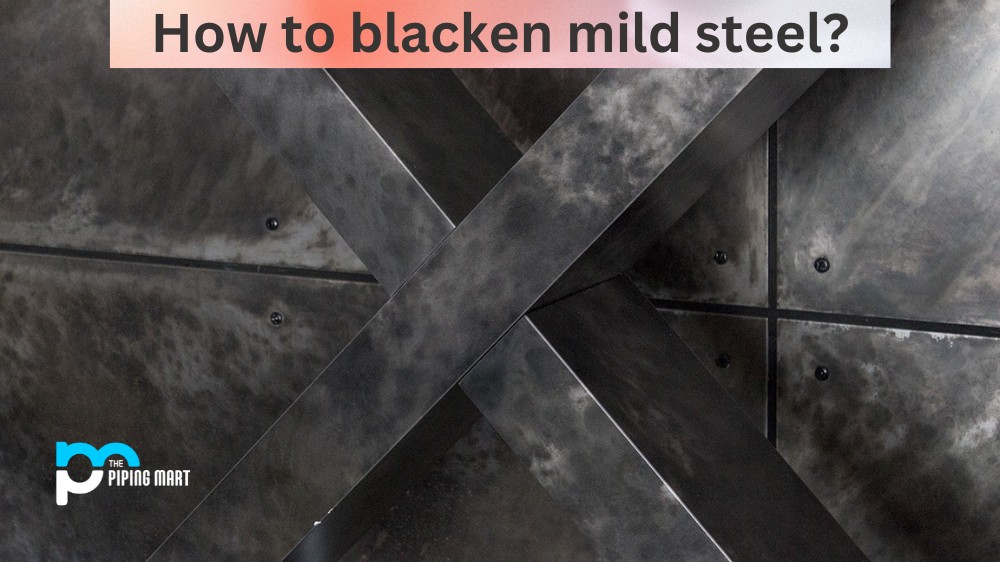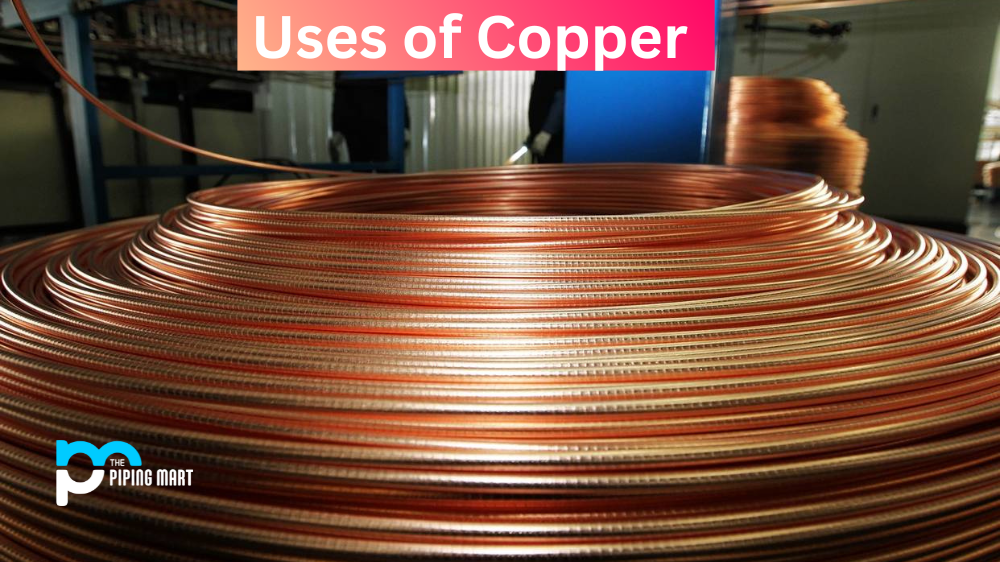Aluminium is one of the most widely used materials in modern construction, engineering, and manufacturing. Two of the most popular types of aluminum are 1100 and 6061. While both share some similarities, there are also significant differences between them. Let’s take a look at what makes these two types of aluminum unique from one another.
Difference Between Aluminium 1100 and 6061
Strength & Weight Ratio
One major difference between aluminium 1100 and 6061 is their strength-to-weight ratio. Generally speaking, aluminum 1100 has a higher strength-to-weight ratio than 6061; that is to say, it can bear more weight for its size than 6061. As such, it’s often used in applications that require strength but not necessarily weight savings (like gutters). On the other hand, aluminum 6061 has a lower strength-to-weight ratio but is much lighter than 1100 due to its alloying elements (more on this in a moment), making it ideal for applications that require lightweight materials without sacrificing strength (like bicycles).
Chemical Composition
Aluminium alloy 1100 consists almost entirely of pure aluminum with very small amounts of other metals added to improve corrosion resistance and machinability—usually copper or iron. aluminum alloy 6061 contains trace amounts of magnesium and silicon as well as chromium and zinc for improved corrosion resistance. This additional alloying also gives 6061 greater malleabilities than standard pure aluminium (1100), which means it can be formed into complex shapes without losing too much strength or durability.
Weldability & Corrosion Resistance
Another key difference between these two types of aluminum is weldability—the ability to join pieces together using an external heat source like welding rods or torches. aluminum 1100 does not lend itself well to welding because its chemical composition makes it prone to cracking during the cooling process; however, because of its additional alloying elements, aluminium 6061 can be welded relatively easily without the risk of cracking or failure when cooled properly. In addition, while both alloys have good corrosion resistance thanks to their respective alloys, aluminum 6061 has superior protection against saltwater exposure due to its increased levels of chromium and zinc when compared with aluminium 1100.
Conclusion:
Aluminium 1100 vs aluminum 6061—which one should you choose? Ultimately, the choice depends on your particular application needs: if you need reliable strength without worrying about weight savings, then Aluminium 1100 may be the better option; however, if you need something lightweight that still retains good strength, then aluminum 6061 might be your best bet due to its malleability and easy weldability. Whichever type you decide on, though, will provide excellent performance compared with other materials in similar applications!
Sakshee is a talented blogger, with a particular focus on the Business and Metal Industry. She is passionate about sharing her insights on various metal products and helping professionals to make a better decisions.




